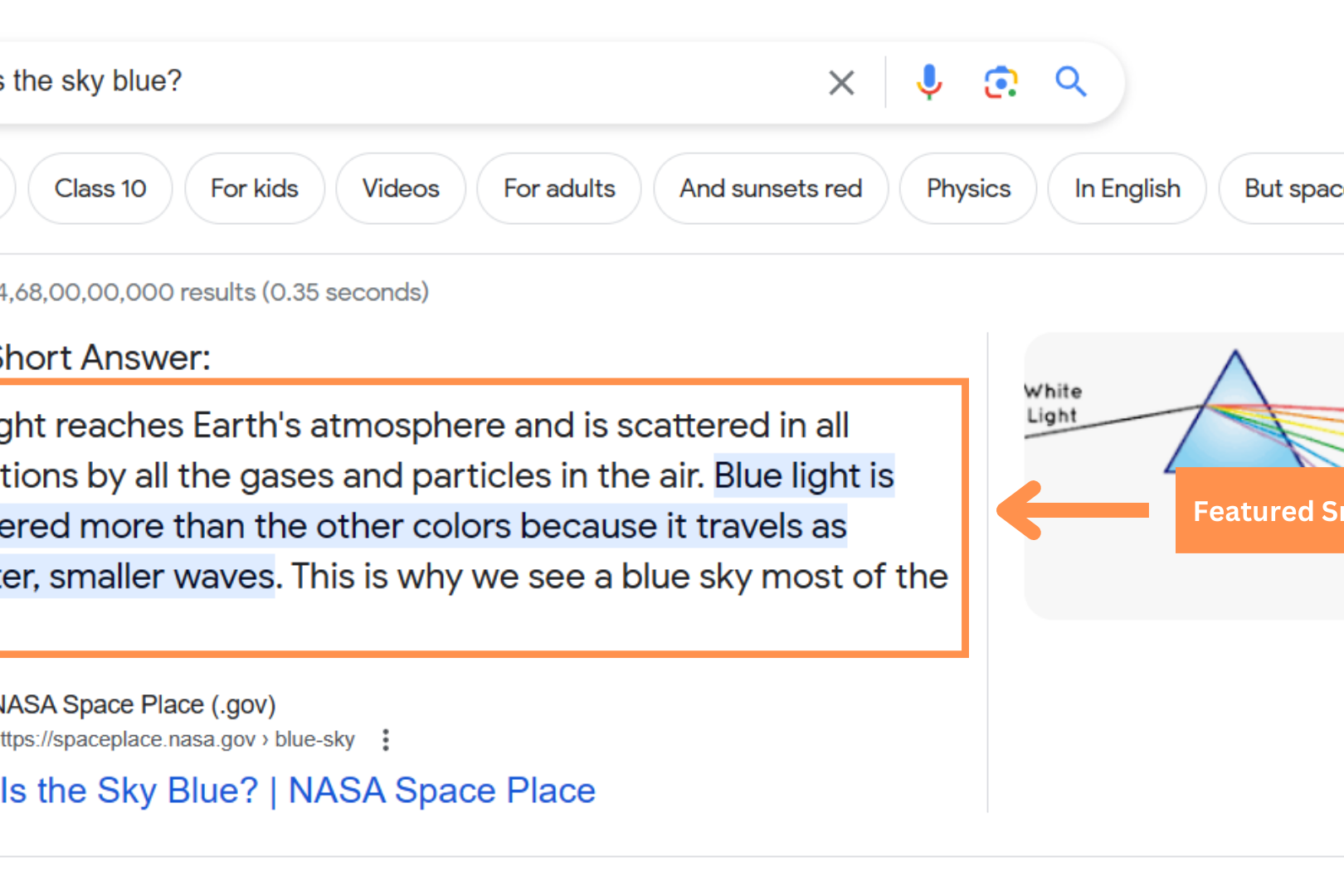Improving the user-friendliness of a service or product can go a long way to ensure that users keep coming back to your website or product. A heuristic evaluation is a super-efficient way to identify any potential usability issues your user interface might have.
What is a Heuristic Evaluation?
Heuristic evaluation is a usability inspection method that helps identify potential problems in a user interface (UI) design. It involves having a team of UX Experts review the product or website and assess its compliance with usability principles, also known as heuristics.
The main goal of heuristic evaluation is to improve the user experience (UX) of a product or website by identifying and addressing usability issues before the product is released to the public. This can help prevent costly redesigns and user frustration, ultimately leading to a more successful product.
Does my website or product need a Heuristic Evaluation?
Quite likely. In general, it’s always a good idea to conduct a heuristic evaluation to ensure the best possible user experience. However, there are some situations where it may be especially important:
If you’re launching a new product or website
If you’re launching a new product or website, it’s especially important to conduct a heuristic evaluation to identify and address any potential usability issues before the product is released to the public.
If you’re redesigning an existing product or website
Redesigning an existing product or website can be a great opportunity to improve the user experience. Conducting a heuristic evaluation can help identify any potential problems with the redesign and ensure that the new design is as user-friendly as possible.
If you’re experiencing low user engagement or satisfaction
If your product or website isn’t performing as well as you’d like, a heuristic evaluation can help identify potential usability issues that may be causing users to lose interest or become frustrated. By addressing these issues, you can improve user engagement and satisfaction.
Why should I consider a Heuristic Evaluation?
There are several reasons why it’s important to conduct a heuristic evaluation for your product or website. Here are a few:
To identify usability issues
The most obvious reason for conducting a heuristic evaluation is to identify usability issues in the UI design. These could include things like unclear labels, confusing navigation, or unresponsive buttons. By identifying these issues early on, you can make the necessary changes to improve the user experience.
To improve the user experience
As mentioned earlier, the ultimate goal of heuristic evaluation is to improve the UX of a product or website. By conducting an evaluation, you can identify potential problems and make changes to address them, resulting in a better overall user experience.
To save time and money
Fixing usability issues after a product has been released can be time-consuming and costly. By conducting a heuristic evaluation before the product is released, you can identify and address any potential problems, saving time and money in the long run.
To gain user insights
Heuristic evaluation allows you to gain valuable insights into how users interact with your product or website. This can help inform future design decisions and improve the overall UX.
How is a Heuristic Evaluation performed?
You can conduct a Heuristic Evaluation in the following order:
Choose your heuristics
The first step in conducting a heuristic evaluation is to choose the heuristics that will be used to assess the product or website. Heuristics are general principles for good design, such as consistency and feedback. There are several commonly used heuristics, such as Nielsen’s 10 heuristics and ISO 9241-11.
Assemble your team
The next step is to assemble a team of evaluators who will conduct the heuristic evaluation. It’s important to choose evaluators who have experience in UX design and are familiar with the heuristics being used.
Conduct the evaluation
The evaluation itself involves having each evaluator review the product or website individually, looking for any issues that violate the chosen heuristics. The evaluators should take note of any issues they find, along with suggestions for how to fix them.
Review the findings
After the evaluation is complete, the findings should be reviewed and discussed as a team. This can help identify common issues and prioritize which ones should be addressed first.
Implement changes
Based on the findings of the evaluation, changes should be made to the product or website to address any identified usability issues.
Conclusion
In conclusion, conducting a heuristic evaluation is a valuable tool for improving the user experience of a product or website. It can help identify potential usability issues and make the necessary changes to ensure a successful product. Whether you’re launching a new product, redesigning an existing one, or experiencing low user engagement, a heuristic evaluation can provide valuable insights and improve the overall UX.
Wish to improve the User experience of your website or product? Get a free Heuristic Evaluation by contacting our Experts!
Related Posts
August 9, 2023
What is PPC Marketing? Answered with Pros and Cons
What is Pay-Per-Click Marketing or advertising? We answer that and more with…
August 1, 2023
Featured Snippets on Google: How Do They Work and why should you care?
What are Featured Snippets and how can they improve your website's search…
July 19, 2023
Here’s Why Off-Page SEO Is Just as Important as SEO on Your Landing Page
Discover why off-page SEO is just as crucial as on-page optimization. Learn how…



